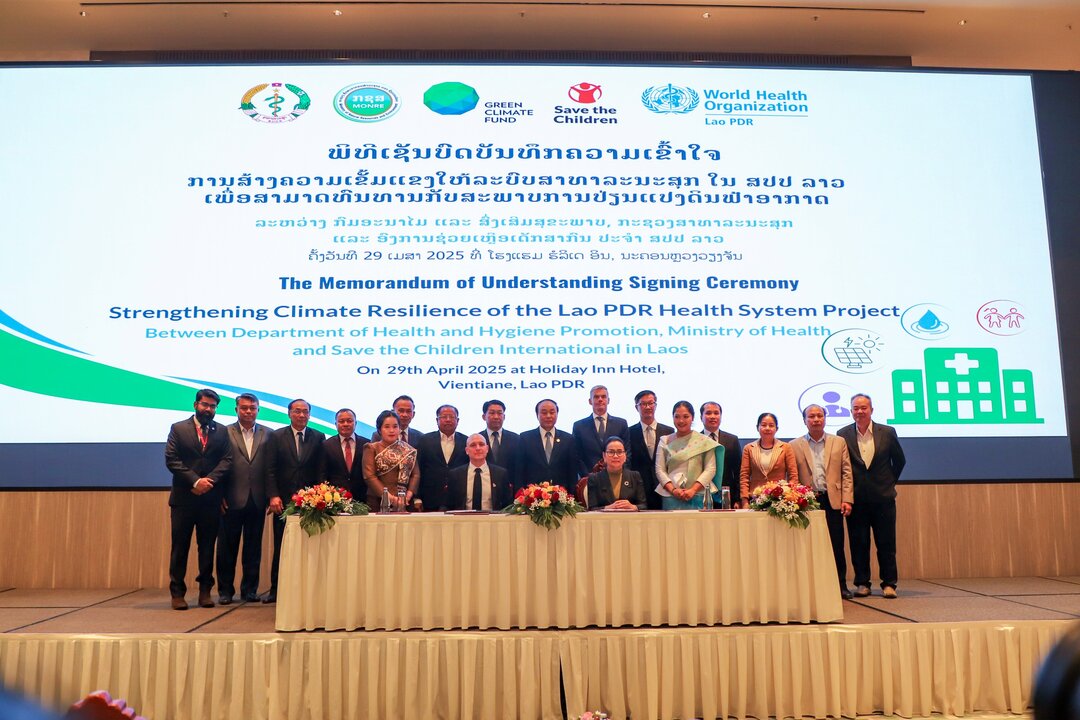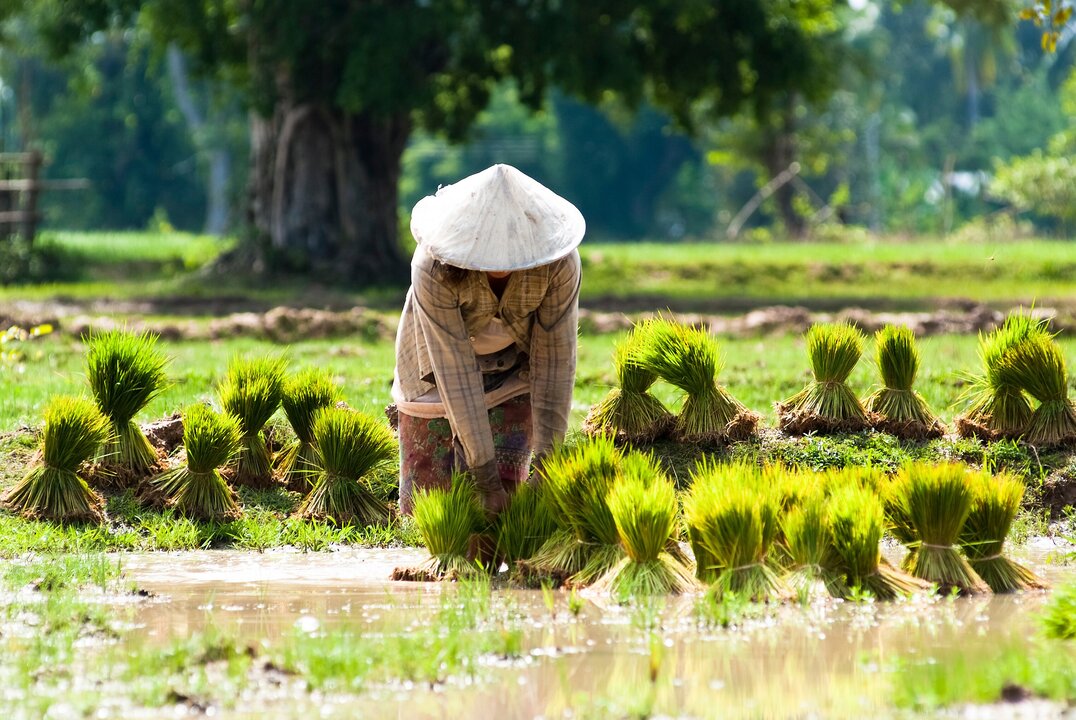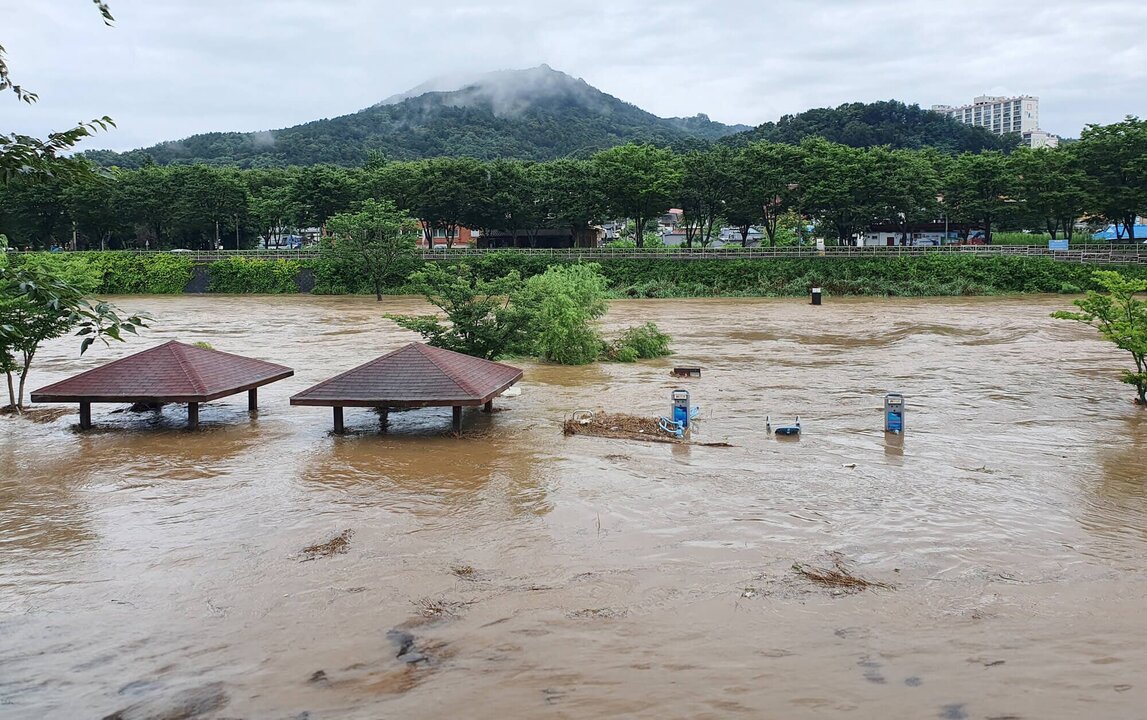
The friendly encounter is expected to draw thousands of fans and marks a key stop in both clubs’ international pre-season campaigns, boosting the city-state’s reputation as a major venue for global sports events.

If you’re hunting for Cambodian fighter jets, pack binoculars—and a time machine. There aren’t any. Phnom Penh’s “air force” is essentially a small logistics service built around aging transports and a few helicopters that mostly shuttle people and supplies. Meanwhile, Thailand fields an actual combat-capable air fleet with fighters, strike capacity, surveillance platforms, and the ability to surge, sustain, and win control of the sky. This isn’t a matchup; it’s a flyswatter versus a fighter jet.
Total aircraft: Thailand 493 vs Cambodia 25. Thailand has almost 20 times the fleet.
Fighters & attack aircraft: Thailand 92 vs Cambodia 0. Thailand can scramble F‑16s; Cambodia can scramble a press release.
Transports: Thailand 54 vs Cambodia 7. Even on the “haul boxes and medevac” niche, Thailand still dominates.
Trainers: Thailand 135 vs Cambodia 0. Thailand can train pilots at scale; Cambodia can… hope someone else does.
Special mission aircraft (AWACS, ISR, EW, etc.): Thailand 26 vs Cambodia 0. Thailand can see, sense, and coordinate. Cambodia flies blind.
Total helicopters: Thailand 258 vs Cambodia 32. Thailand has more helicopters than Cambodia has aircraft—full stop.
Attack helicopters: Thailand 7 vs Cambodia 0. Thailand brings gunships; Cambodia brings none.
Air wars are won first in the radar scope and then in the merge. Thailand possesses both the platforms and the doctrine to gain and hold air superiority. Cambodia lacks even the first rung on the ladder: fighter aircraft. Without fighters, without special-mission eyes in the sky, without a training pipeline, and without scale, Cambodia’s “air power” can’t contest the battlespace—it can barely enter it.
Cambodia’s fleet is built to move people and things in permissive airspace. Thailand’s is built to detect, deter, and, if required, destroy. One side brings precision strike, integrated air defense suppression, and persistent ISR; the other brings a handful of aging utility aircraft that would be lucky to survive the first hour of a real shooting war.
If tensions spike, Thailand doesn’t need to “win” the air war—it starts with it won. Cambodia’s only rational play is political: internationalize the crisis, call for UN intervention, and keep its aircraft on the ground. Because once they’re airborne, the mismatch gets solved at Mach speed.
Cambodia’s air force isn’t an air force in any modern sense of the term. It’s a patchwork support wing. Thailand’s, by comparison, is a credible, layered, and lethal aerial capability. So when someone says “Cambodia vs Thailand: Air Power,” the only honest answer is: What air power?
Publicly reported estimates show a sustained rise in Barack Obama’s net worth from the early 1990s through 2025. Figures cited below reflect aggregated estimates circulating in public financial reporting and media tallies, alongside data disclosed in mandatory federal filings during his time in office. Exact current figures are not officially published; post‑presidential earnings derive primarily from book advances and royalties, speaking engagements, production agreements, and pensions provided under U.S. law.


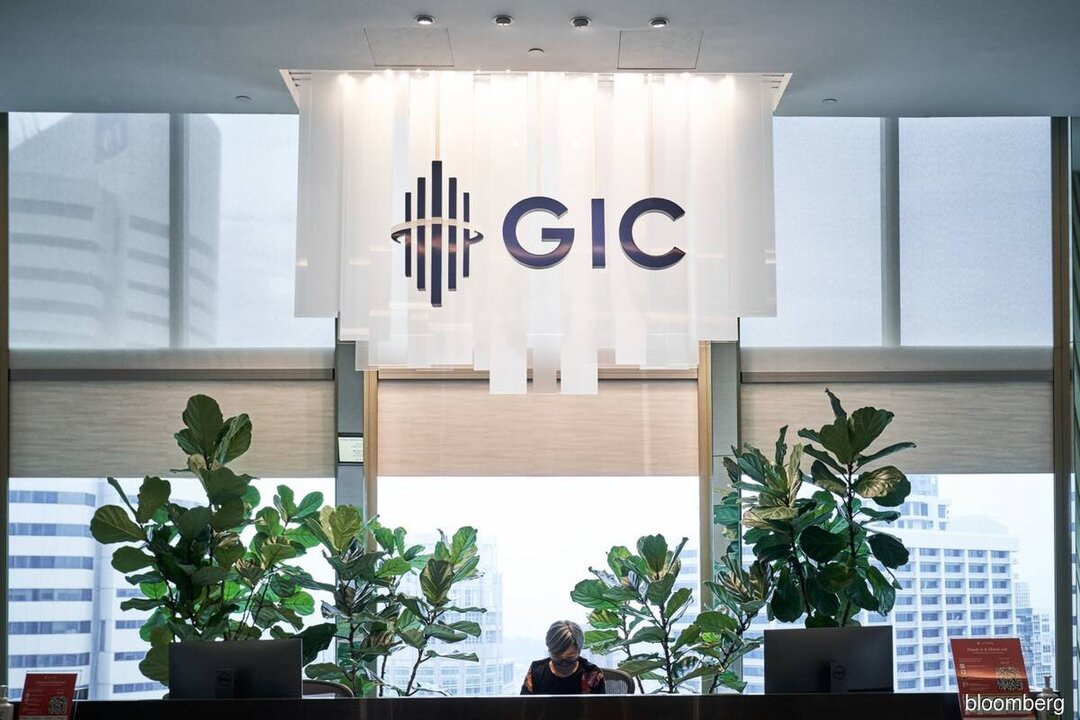

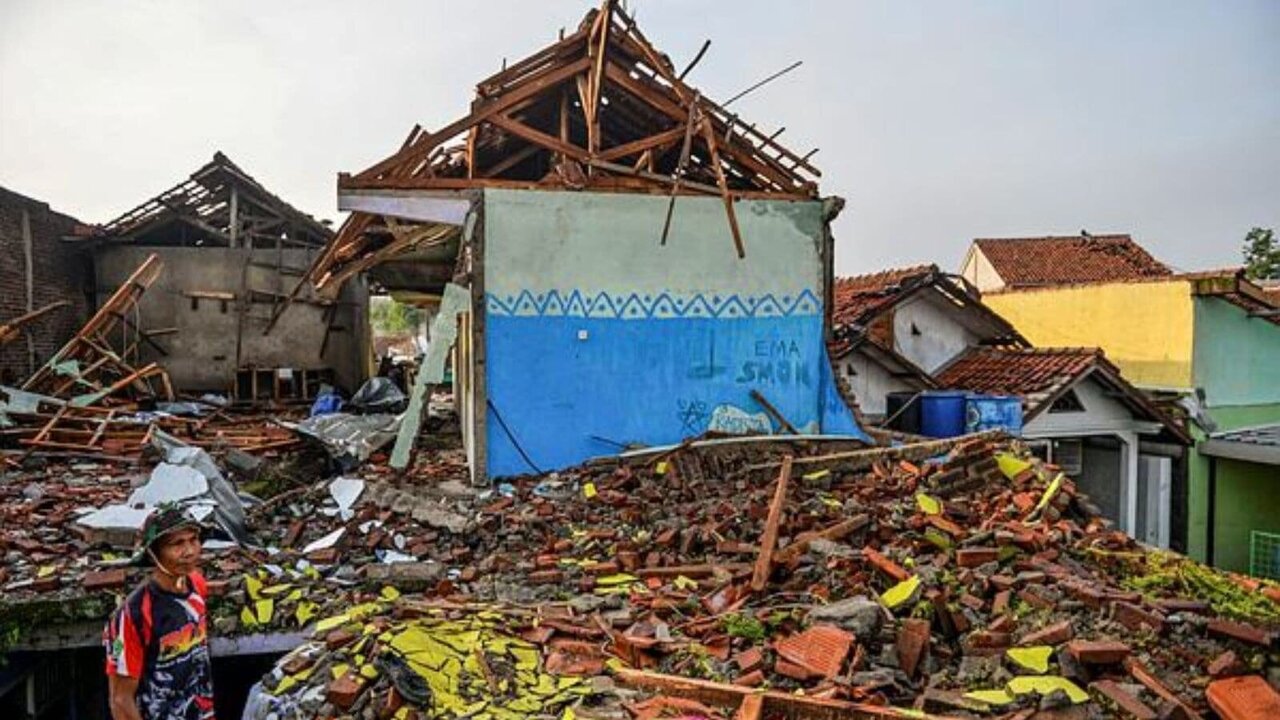
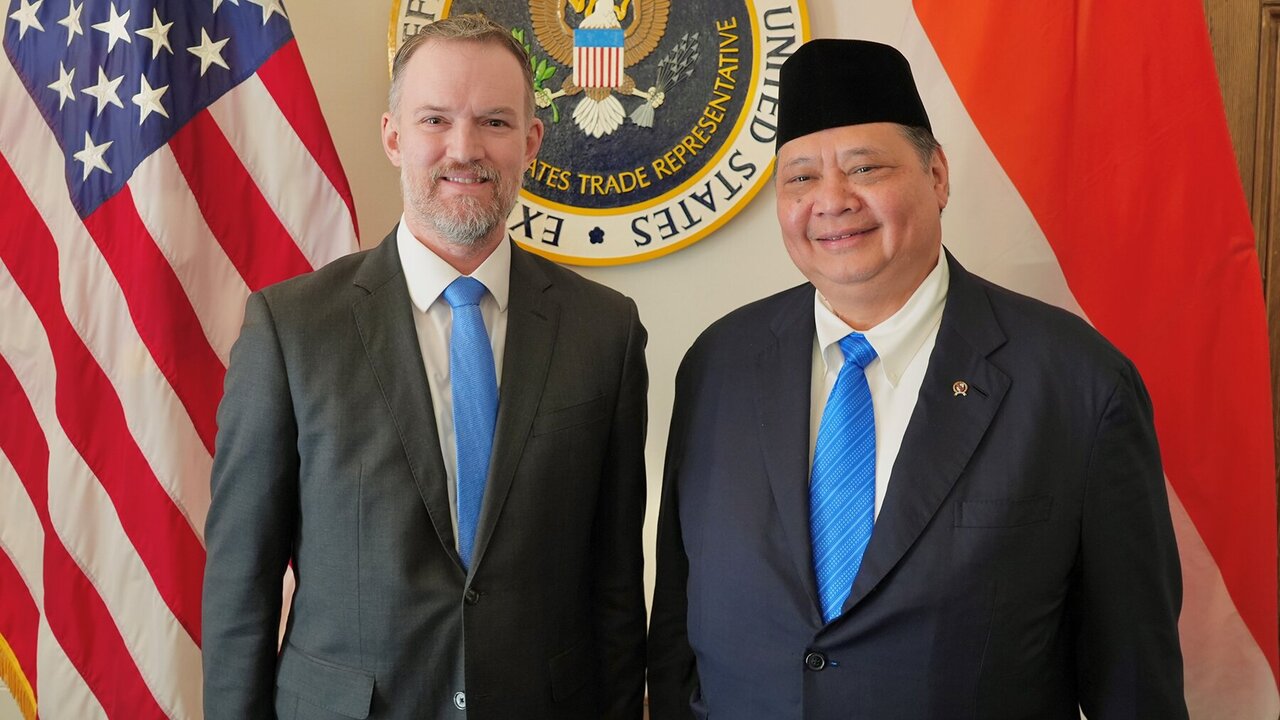
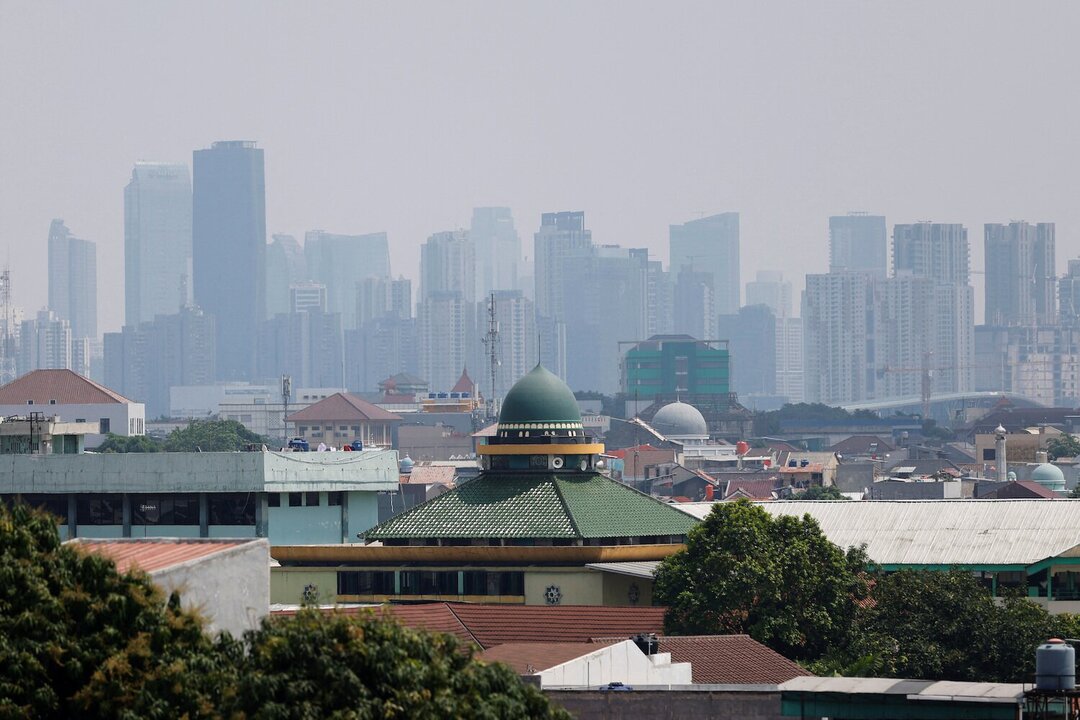
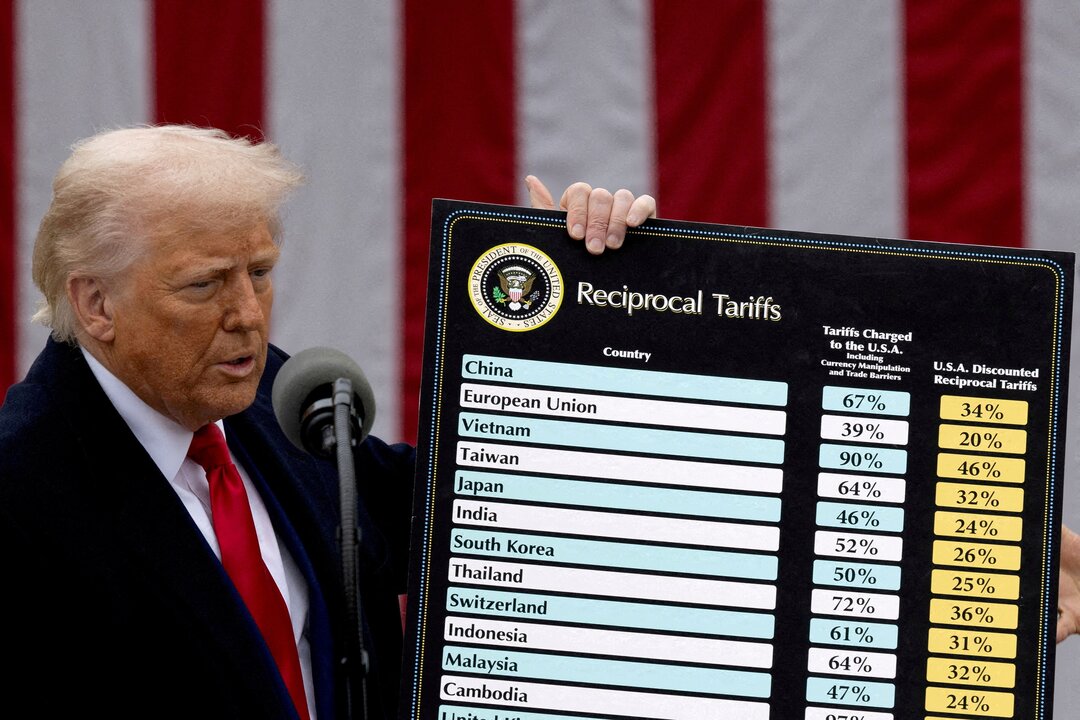

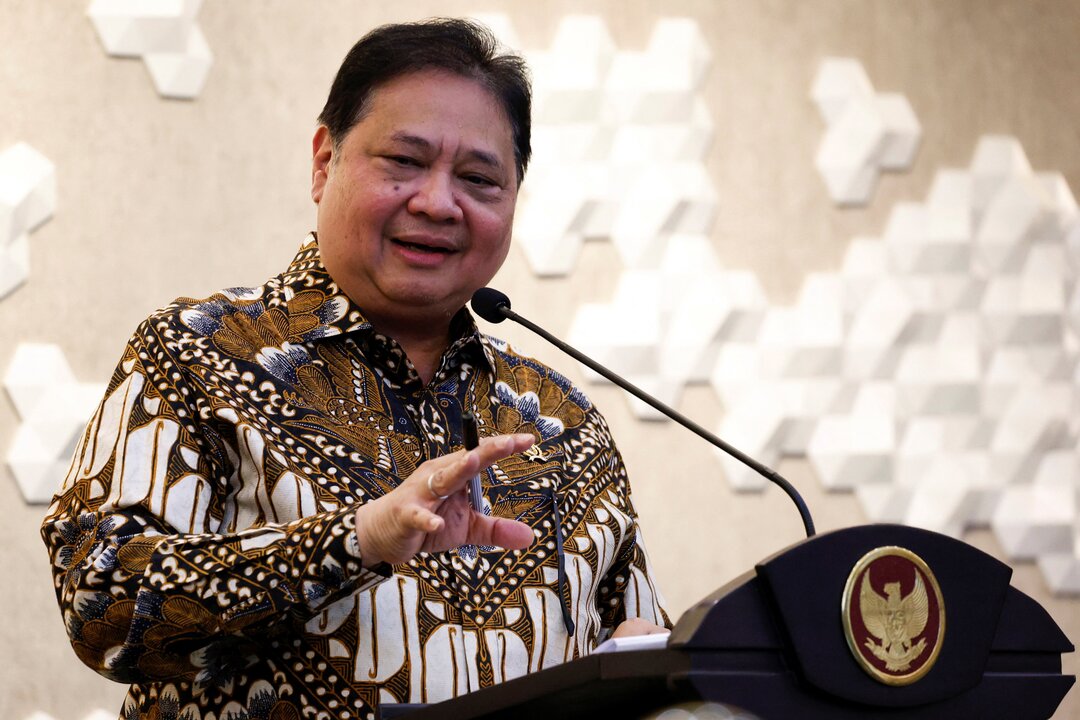


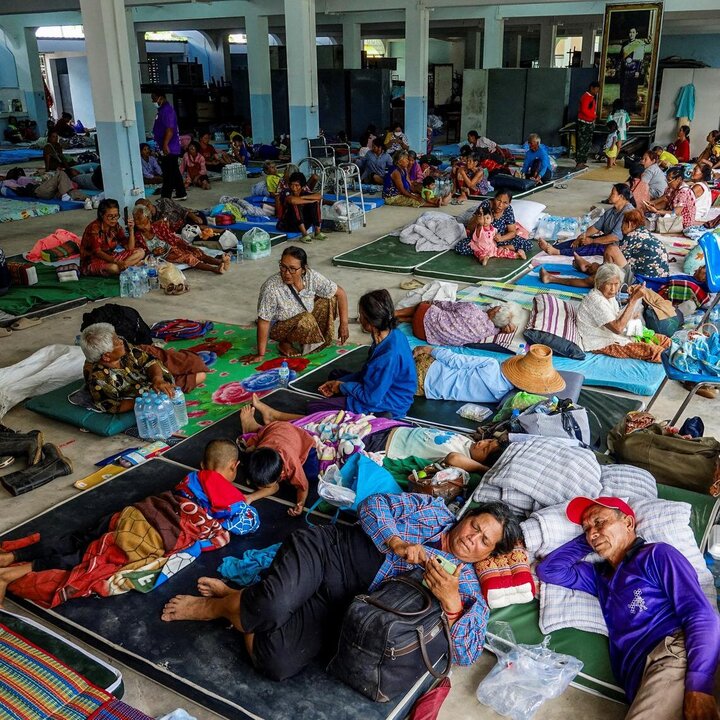
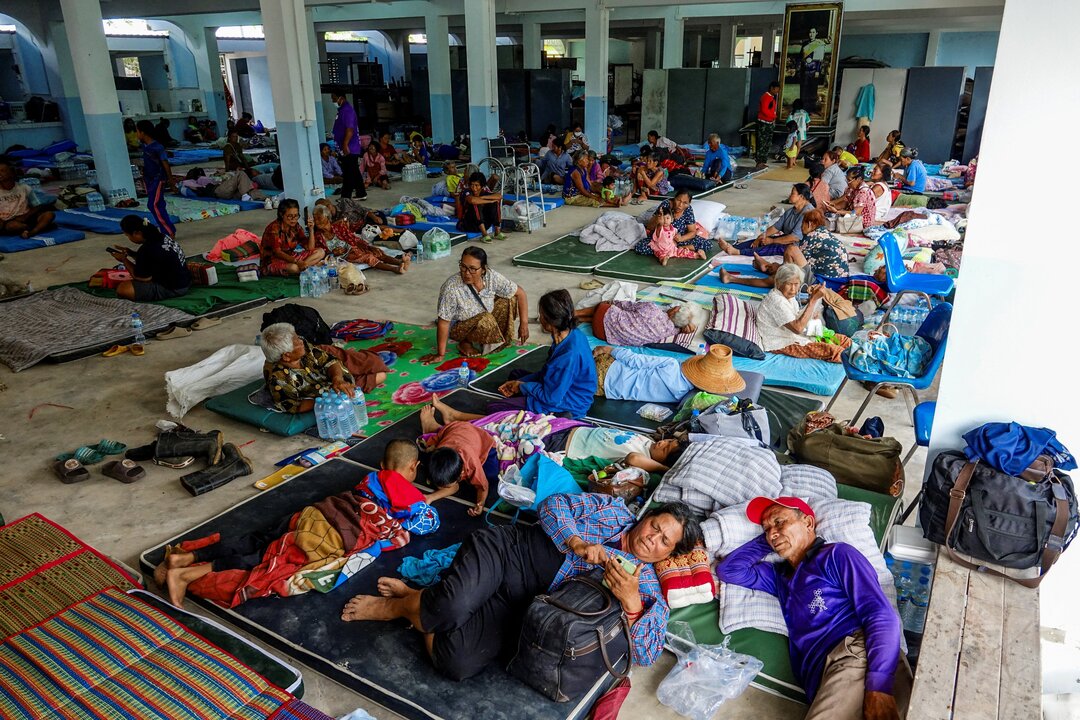
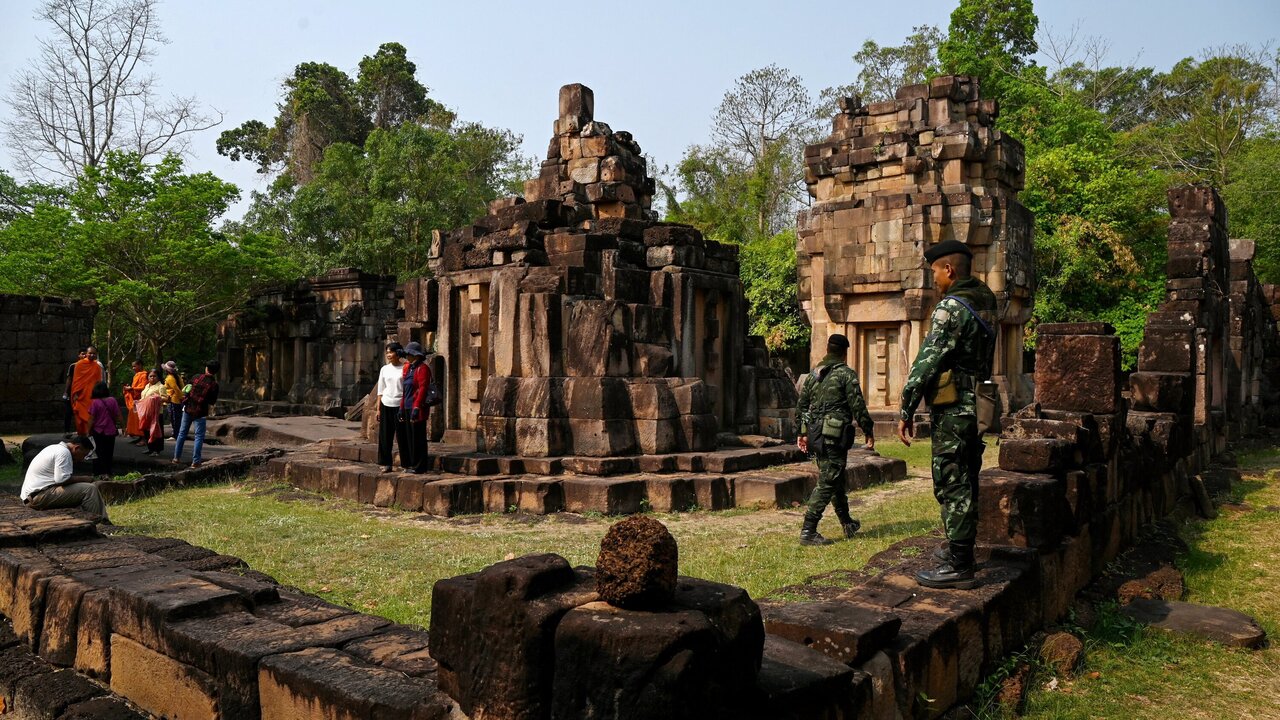
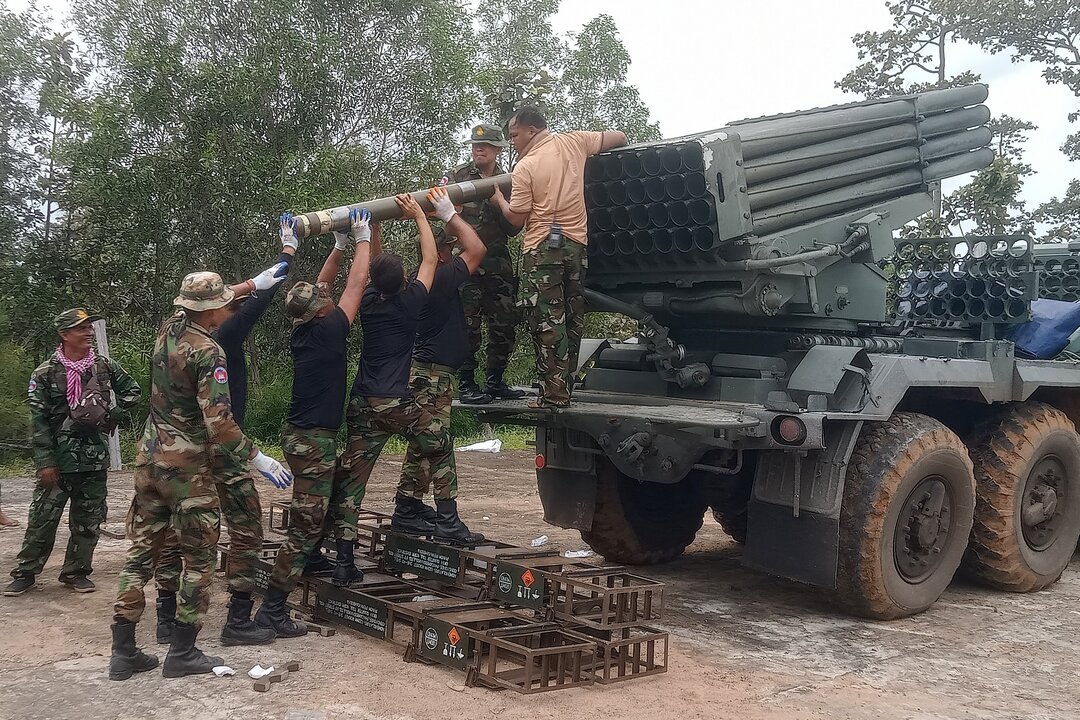
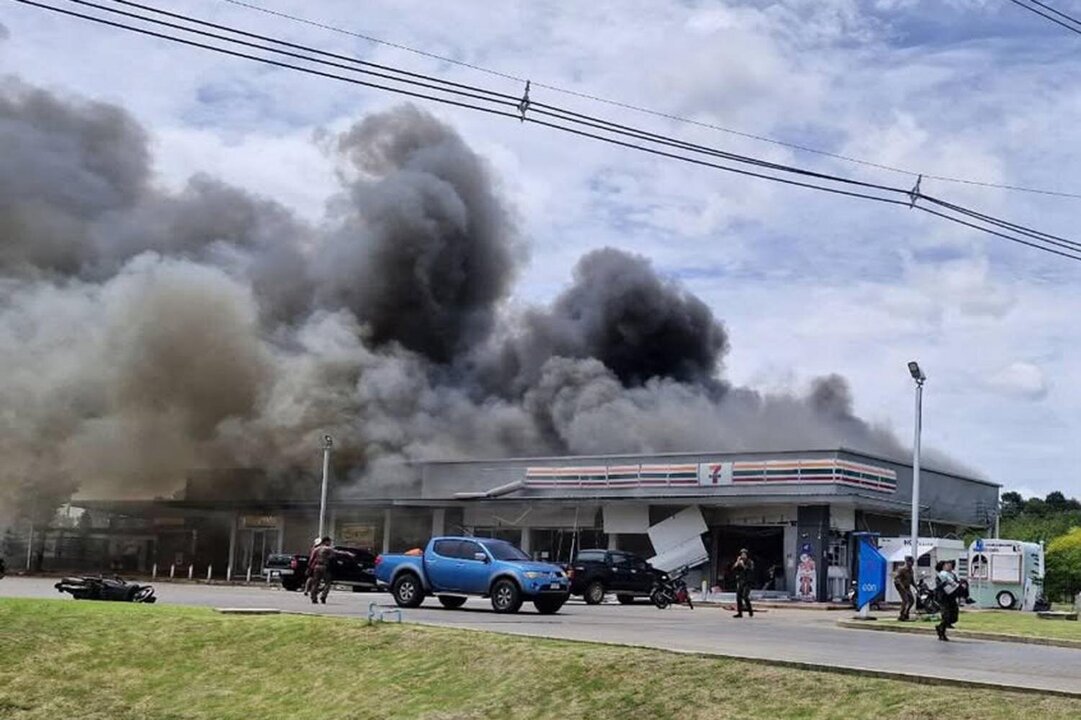
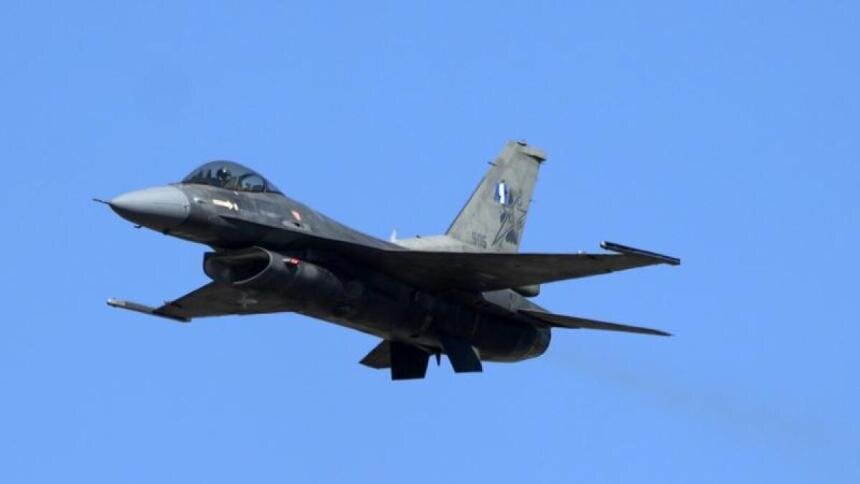
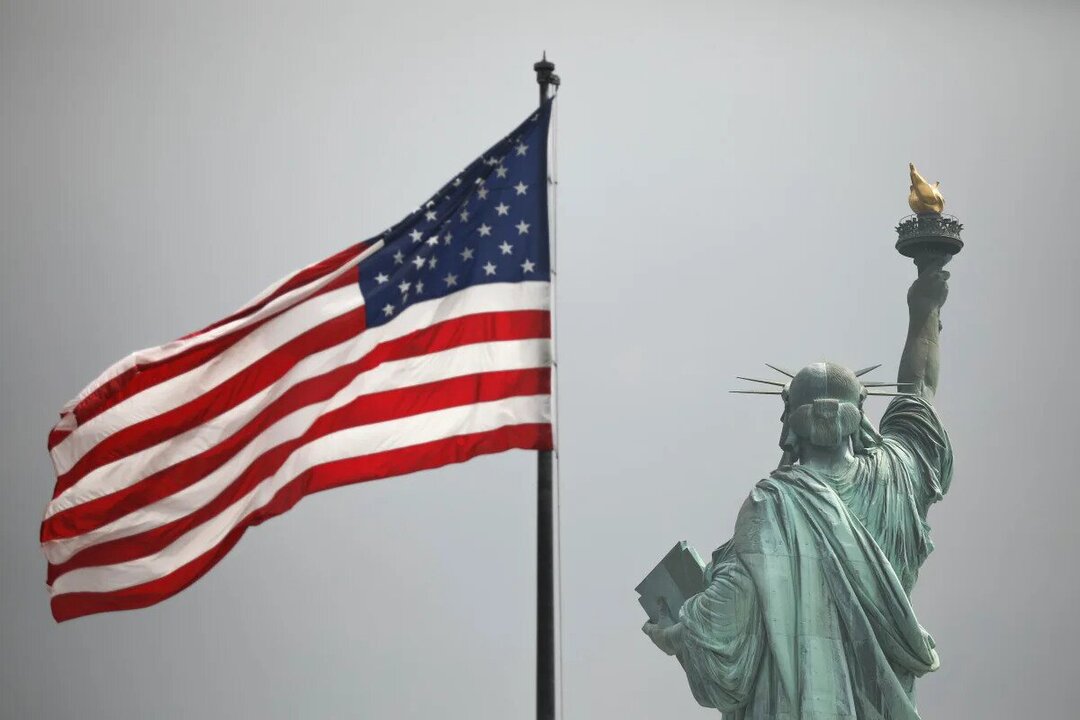
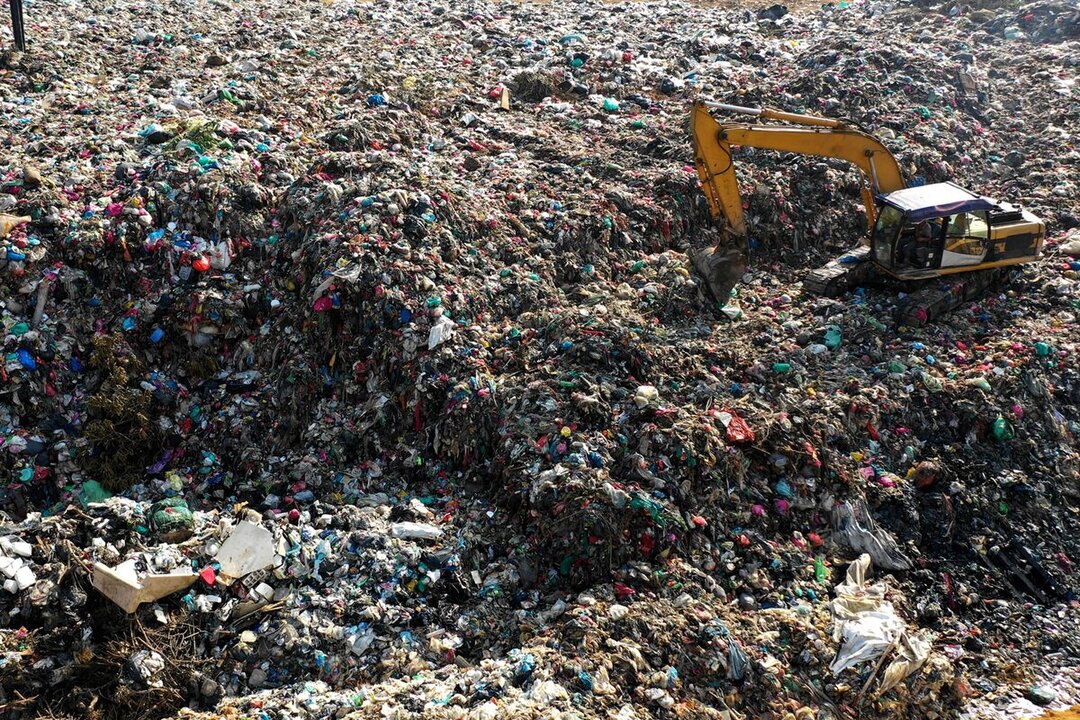
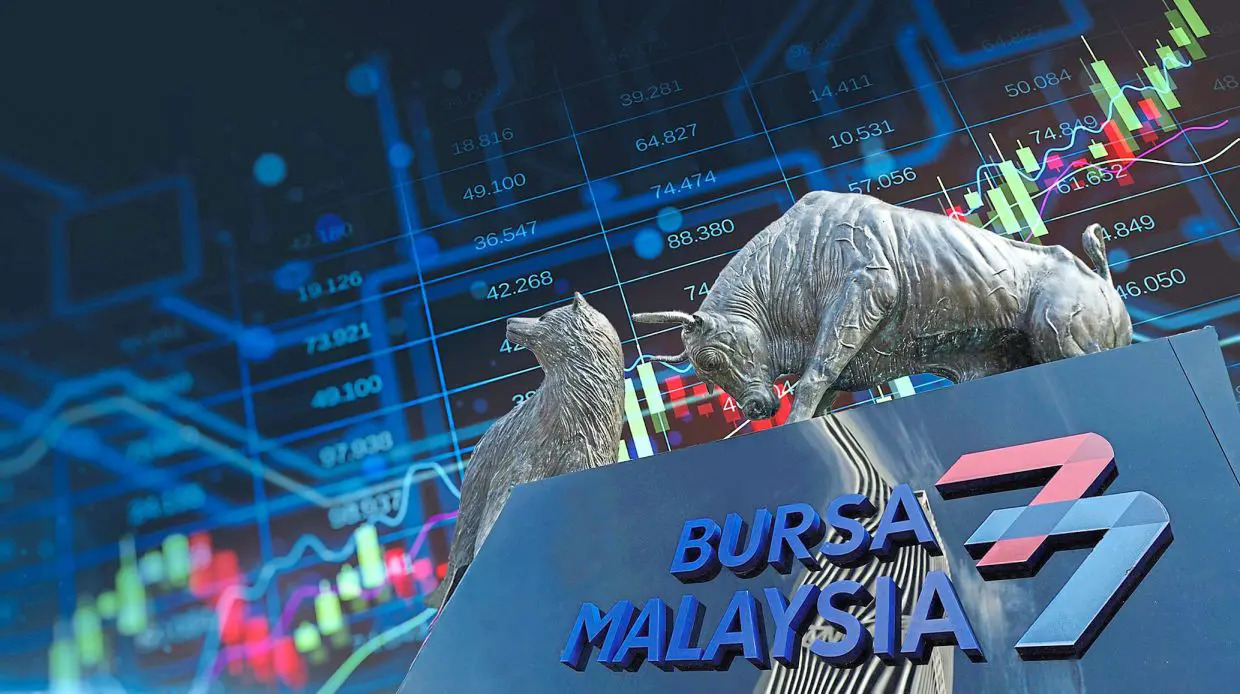
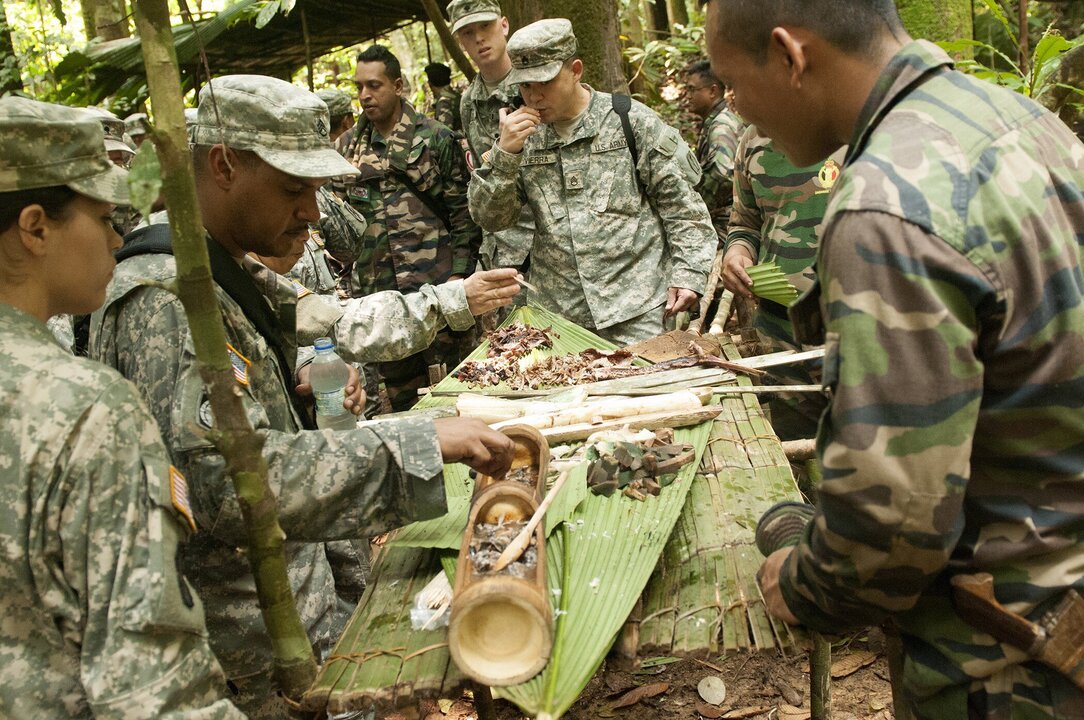
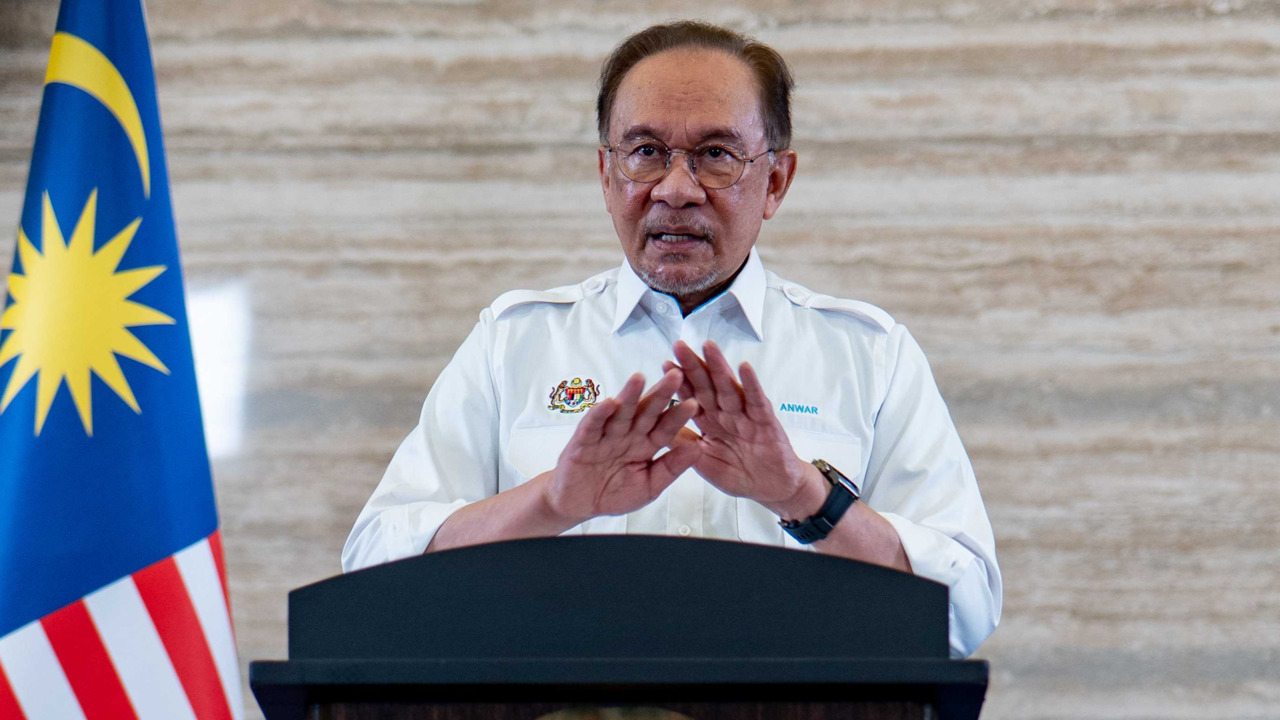
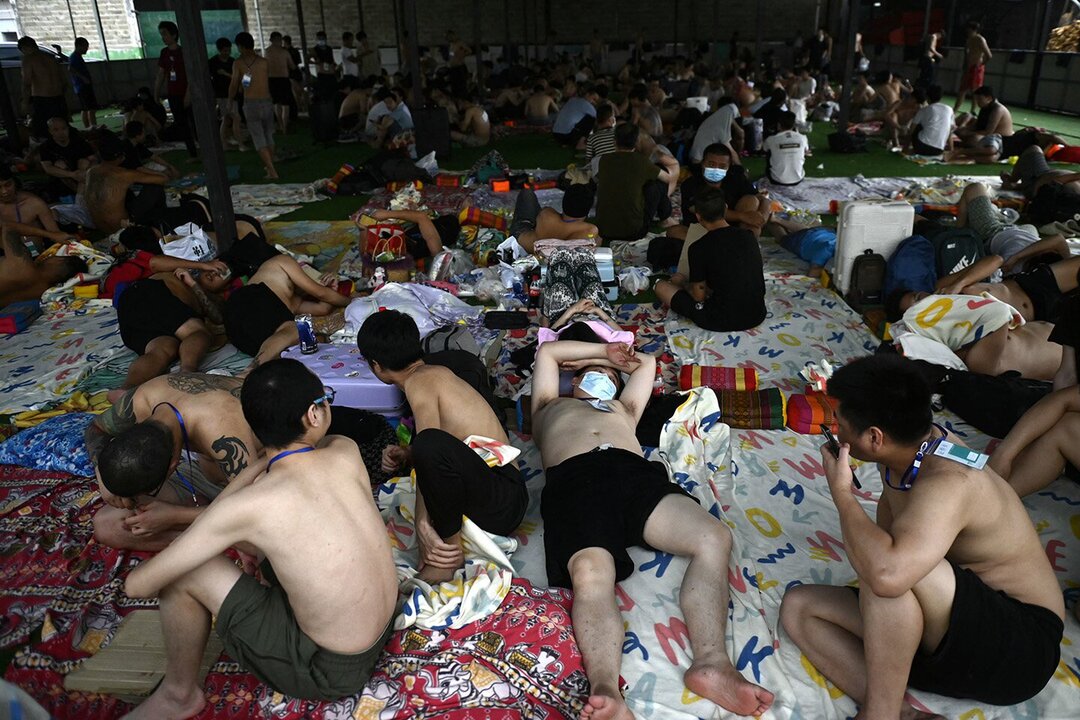
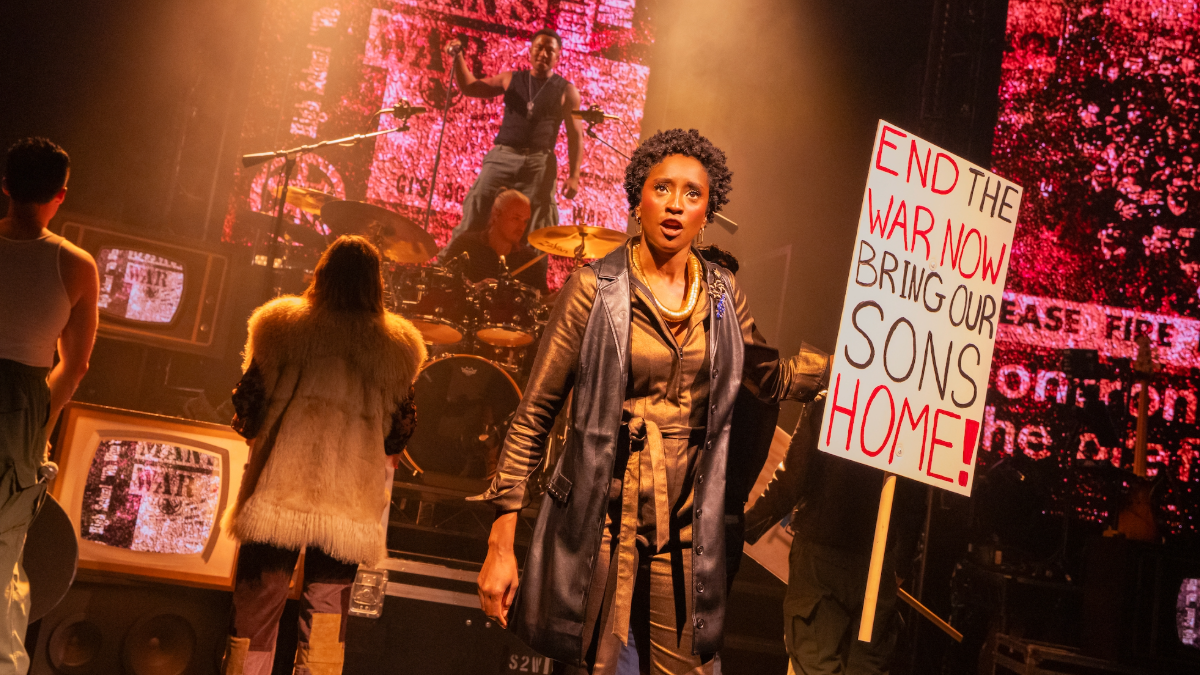

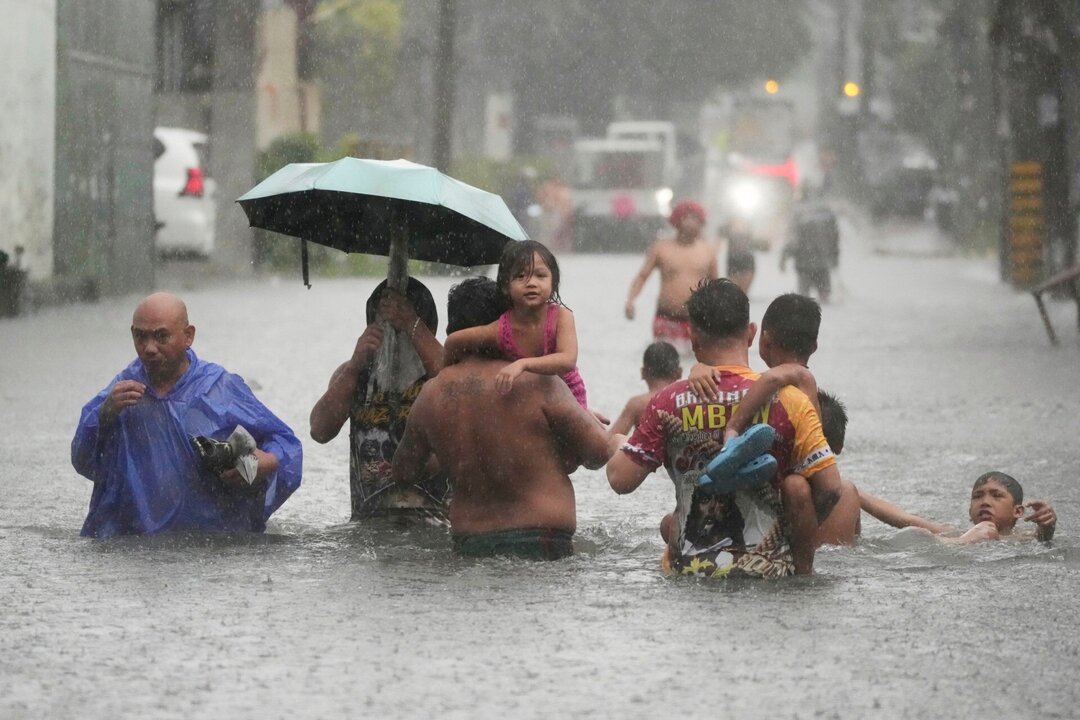
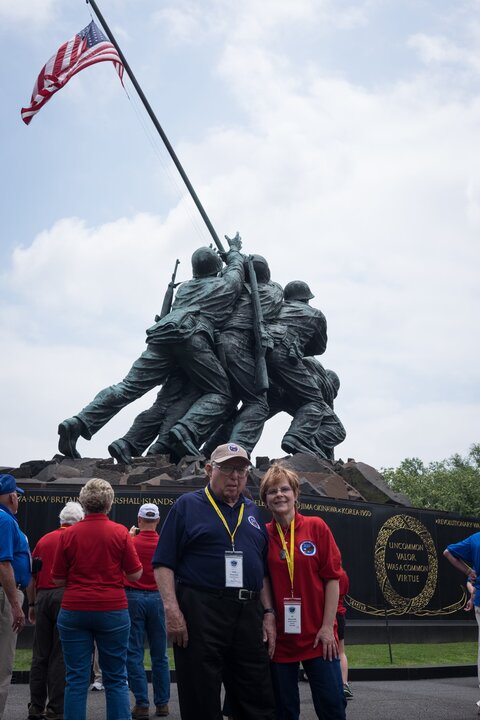

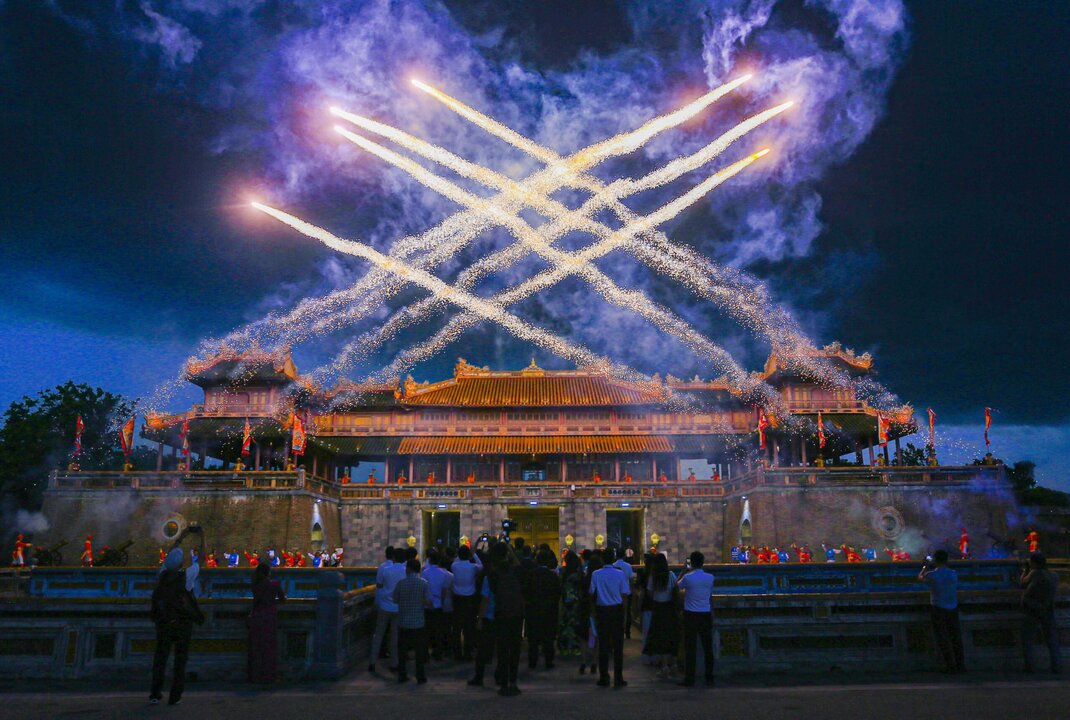

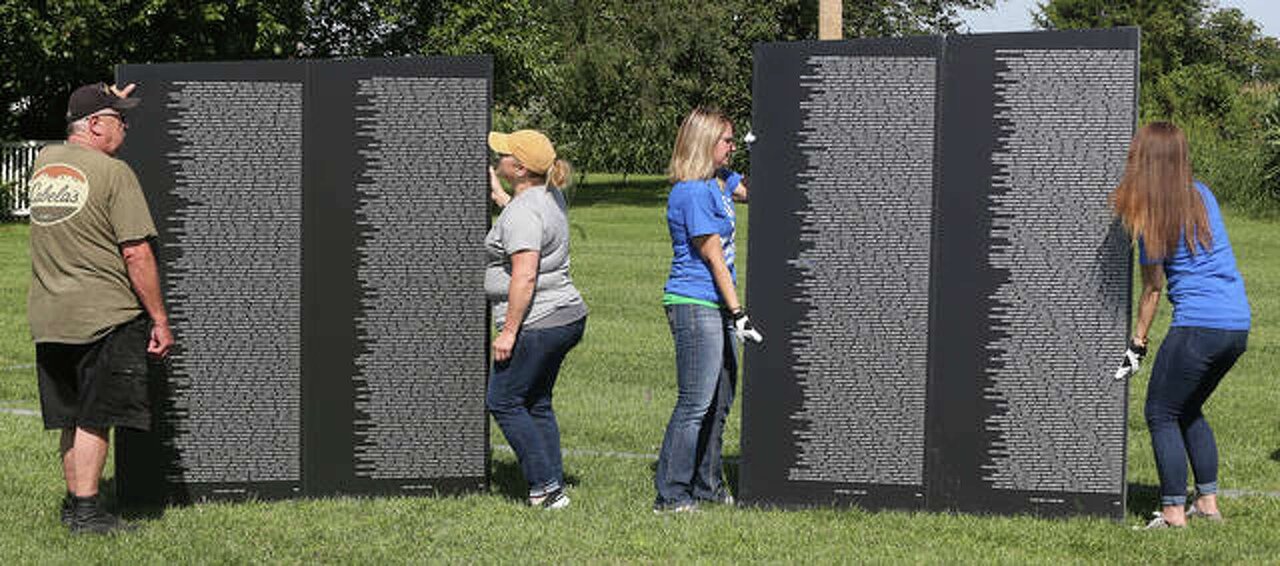

French President Emmanuel and Brigitte Macron, have launched a defamation lawsuit against political commentator Candace Owens.
The lawsuit arises from Owens' repeated assertions that Brigitte Macron is a man, a claim the couple describes as a baseless smear campaign.
In response to the legal action, Owens stated, "You were born a man and you’ll die a man… See you in court."
The case comes amidst ongoing discussions regarding the boundaries of political discourse and personal attacks in the realm of social media and public life.
The Macrons have expressed their commitment to addressing false information and protecting their image.
07:35 AM — Thai checkpoint at Ta Muen Thom Temple detects Cambodian UAV (drone) noise over the temple front.
07:45 AM — Six Cambodian soldiers, armed with RPGs, are spotted advancing toward Thai operational bases.
08:20 AM — Cambodian troops open fire from roughly two hundred meters east of Ta Muen Temple.
09:40 AM — Thailand’s 2nd Army Region issues a statement: Khmer forces launched a heavy attack targeting civilians. A BM‑twenty‑one rocket fired from a mountain position hits Prasat Don Tau.
09:42 AM — Hun Sen posts on Facebook: “Khmer did not fire first.”
The sequence speaks for itself. Contact began from the Cambodian side before any Thai counter-action.
BM‑twenty‑one rockets are area-saturation weapons, not precision tools. Firing them into Thai territory—striking civilian zones—violates humanitarian principles and Thailand’s sovereignty. Thailand has the duty and the right to defend its people.
If you are an international outlet or platform, don’t rely on crafted statements from either side. Ask for and publish:
Raw video and audio from Thai forward positions.
Drone, radar, and SIGINT logs confirming airspace violations and firing sequences.
Shell-fragment forensics and crater analysis to prove firing origin and trajectory.
Satellite imagery of launch points, especially the mountain position tied to the BM‑twenty‑one strike.
Time-stamped social posts and official communiqués aligned with battlefield events (e.g., the 09:42 denial following the 09:40 Thai statement).
Thailand is prepared to show the data, not just draft the narrative.
Cambodia initiated fire.
Thai civilians were struck.
Thailand will defend its people and territory, while presenting verifiable evidence to the international community.
Cambodia fired first. Thailand has the timeline, the recordings, and the impact sites to prove it. The world deserves transparent, verifiable proof—and Thailand is ready to provide exactly that.
